23 Common Problems with LED Lighting in 2024
In 2024, despite the significant advancements in LED technology, users still face a variety of challenges when it comes to their lighting systems. This article explores 23 common issues that can arise, from technical malfunctions to user experience concerns. We'll cover topics like longevity, color consistency, dimming capabilities, and the complexities of smart LED systems, as well as practical troubleshooting tips to help resolve these recurring problems. LED lights can stop working unexpectedly due to several reasons, such as overheating, power surges, faulty wiring, or even reaching the end of their lifespan. Another common cause is a malfunctioning driver, which regulates the power supply to the LEDs. Regular maintenance and ensuring a stable power source can help prevent sudden outages. Common issues with LED lighting include unexpected shutdowns, flickering, dimming problems, and color inconsistency. Users also often encounter difficulties with power supply compatibility, heat dissipation, and premature failure caused by substandard components or improper installation. Let's take a closer look at these problems and how to fix them. Flickering LED lights are often caused by unstable power supply, incompatible dimmers, or electrical system issues. This rapid on-and-off effect can be distracting and uncomfortable for occupants. To solve this issue, ensure your LED fixtures receive a steady voltage and are compatible with your dimming system. Overly bright LED lights can cause glare, eye strain, and headaches. Adjusting the lumen output or using diffusers can reduce harsh light. Installing dimmer switches or choosing bulbs with lower brightness levels can also improve comfort. Even though LEDs are energy-efficient, they can still generate heat. Without proper heat dissipation, overheating can damage internal components and shorten the lifespan of the lights. Ensure good airflow and use LEDs within their specified parameters to avoid this issue. LEDs sometimes display incorrect colors due to calibration errors or faulty diodes. This can affect the ambiance of a space. Technical support may be needed to recalibrate the light or replace faulty units. Prolonged exposure to blue light from LEDs can lead to eye strain and disrupt sleep patterns. Using LEDs with adjustable color temperatures or blue light filters, especially in the evening, can reduce these risks. LED buzzing is often caused by incompatible dimmers or poor-quality fixtures. Ensuring compatibility between all components and checking for loose connections can help eliminate this issue. Incorrect installation can lead to various issues, including flickering or non-functioning lights. Always follow manufacturer guidelines and ensure proper wiring and power supply. Although LEDs are efficient, they can emit UV and IR radiation. Choosing high-quality products that minimize these emissions is essential for safety and health. Bad wiring can cause flickering or inconsistent lighting. Ensuring proper wiring and professional installation is crucial to avoid these problems. Complex circuits, especially in RGB strips, require careful planning. Proper installation ensures smooth operation and accurate color blending. Loose wires can cause intermittent failures and pose safety risks. Regular checks and secure connections are essential for safe and reliable performance. Selecting the correct beam angle ensures optimal lighting coverage. A wrong angle can cause glare or insufficient illumination, depending on the application. Low-quality LEDs can fail prematurely. Investing in reputable brands and checking warranty terms ensures longer-lasting performance. Dim LEDs can result from incompatible dimmers or low-quality bulbs. Using dimmable bulbs and compatible dimmers helps maintain proper brightness. LEDs may not work properly in incandescent fixtures due to differences in thermal and electrical requirements. Always use LED-specific fixtures for best results. A low CRI can make colors appear washed out. Choose LEDs with a CRI of 80 or higher for better color accuracy and visual appeal. Using an incompatible LED driver can lead to performance issues. Always match the driver to the LED specifications for optimal function. A faulty driver can cause flickering or dimming. Inspect and replace the driver if necessary to restore proper operation. Improper dimmer settings can lead to flickering or uneven lighting. Use a compatible dimmer switch and follow installation instructions carefully. Loose bulbs can cause flickering or no light at all. Ensure bulbs are securely fastened for stable performance. Dimming issues often stem from incompatible dimmers. Use a dimmer designed for LEDs to ensure smooth control. Some LED lights attract insects due to their spectrum. Using warmer color temperatures and reducing brightness can help minimize this issue. Color variation can occur due to different batches or aging. Purchase all LEDs from the same batch for consistent color output over time. One of the most common issues with LED lighting is flickering, which can be annoying and harmful to the eyes. Flickering can be caused by poor connections, faulty drivers, or incompatible dimmers. It’s important to address this problem to ensure comfort and maximize the benefits of LED lighting. LED lights can fail due to various factors, including the quality of the fixture, compatibility of the driver, and fluctuations in the electrical system. Each component must be properly maintained and optimized for reliable performance. LED lights typically last between 25,000 to 50,000 hours, far exceeding traditional lighting systems. However, issues like flickering or early failure can affect their lifespan. Understanding these problems helps in identifying and resolving faults effectively. Yes, LED lights can be repaired, but the complexity varies. Issues like loose connections or faulty drivers can be fixed easily. For more complex problems, professional assistance may be required. If repairs aren’t feasible, recycling or replacing the fixture might be the best option. The most common problem with LED lights is flickering. This can be caused by issues within the fixture, such as loose connections or incompatible dimmers. Flickering is often mistaken for a defect, but it is usually due to voltage fluctuations or power supply inconsistencies. Identifying and addressing the root cause ensures smooth and uninterrupted lighting. Common LED failures include flickering, buzzing noise, and overheating. These issues can affect performance and lifespan. Proper installation, maintenance, and compatible components are essential to avoid these problems. The future of LED lighting is moving toward human-centric designs, allowing users to customize their environments. With smart technology and advanced controllers, LED systems will offer greater flexibility and precision. Integration with smart home systems enables remote control and personalized lighting experiences, enhancing both comfort and efficiency. The failure rate of LEDs is generally around 3%, but it can rise to 10% or higher depending on the application. Issues like flickering can be linked to electrical system problems. When implementing LED technology, it’s important to consider these factors to ensure long-term reliability and performance. Furniture Gear,Stainless Steel Handle Gear,Handle Gear,316L Steel Curtain Gear Parts Dongguan New Decoration Material Technology Co., Ltd. , https://www.xsjmim.com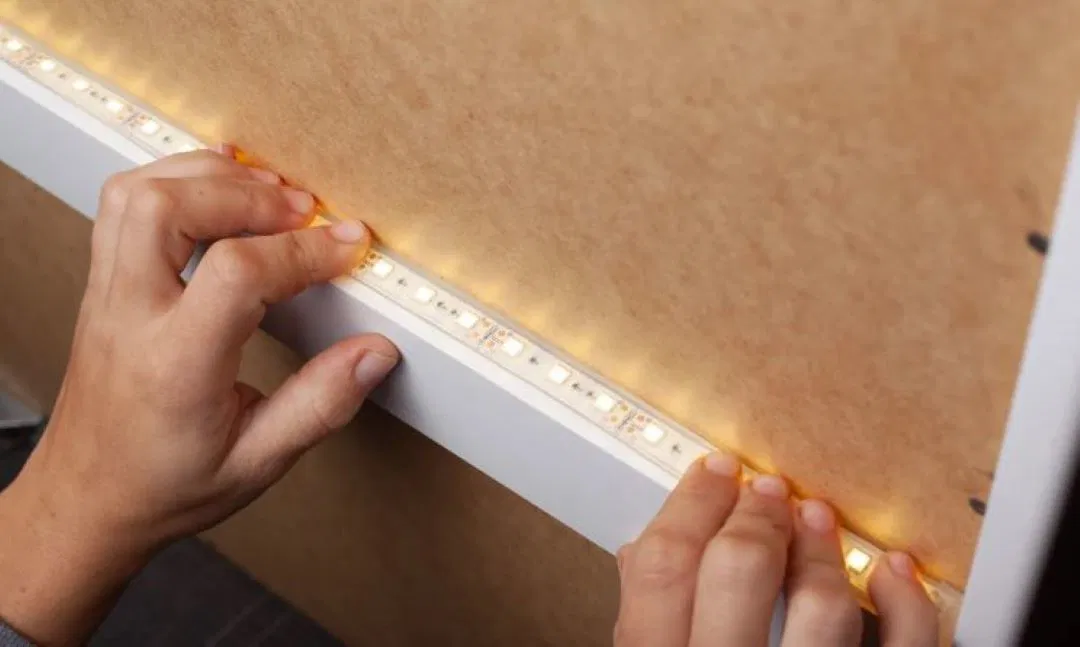
Why Did My LED Lights Suddenly Stop Working?
What Are the Common Problems with LED Lighting?
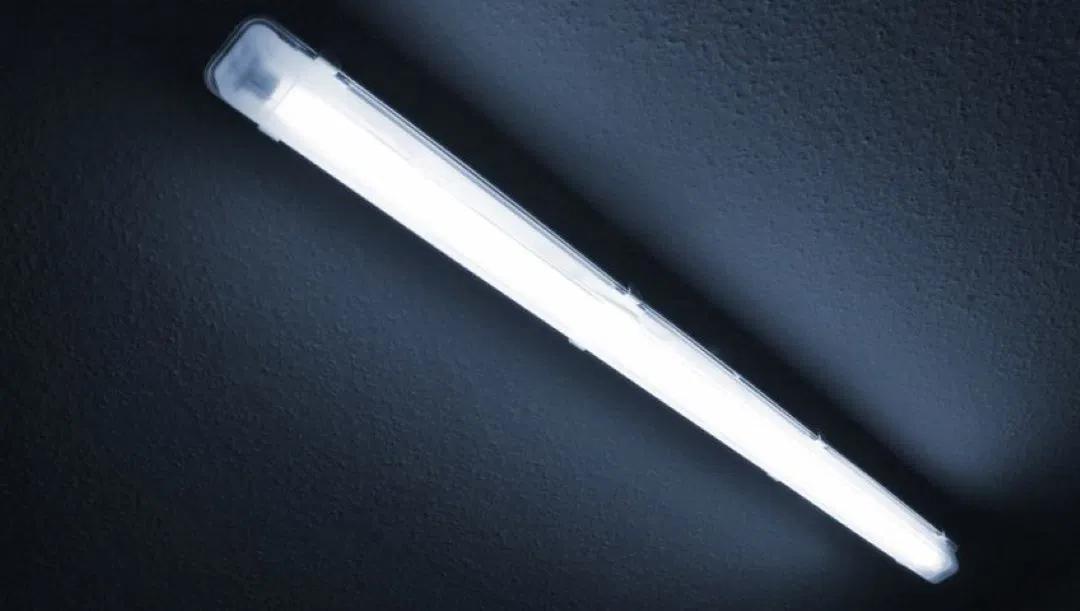
1. LED Light Flickering
2. Excessively Bright Light
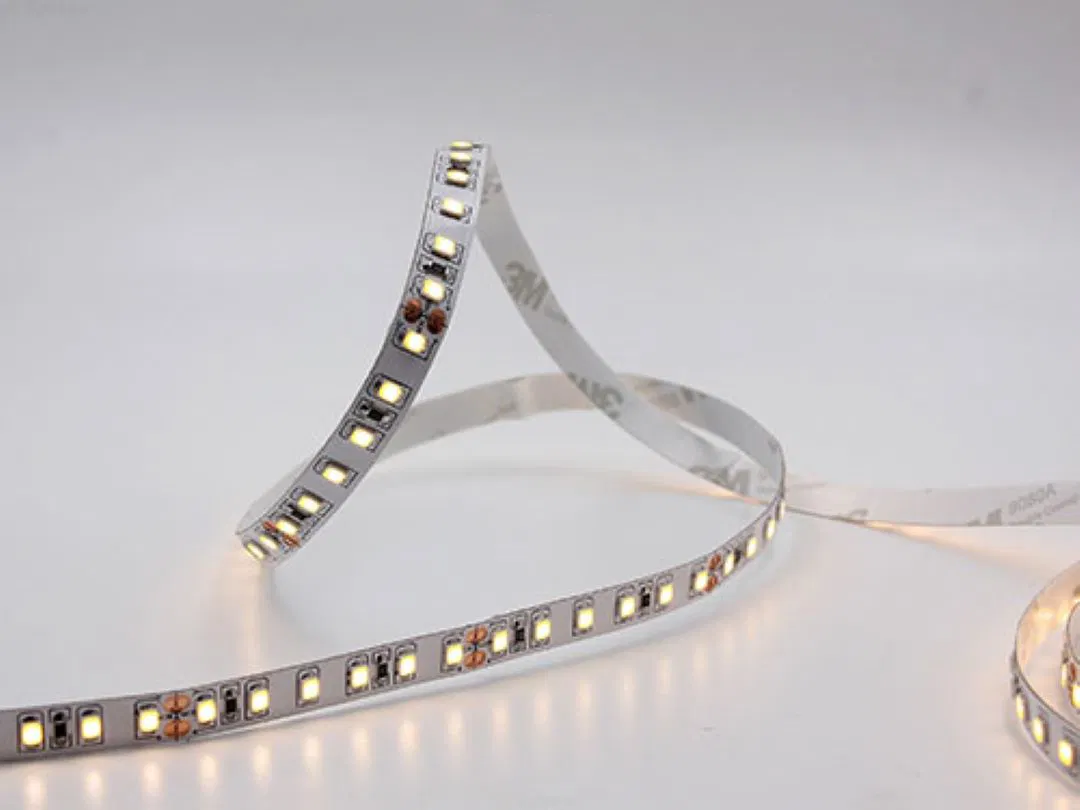
3. Overheating LED Lights
4. Incorrect Color Display
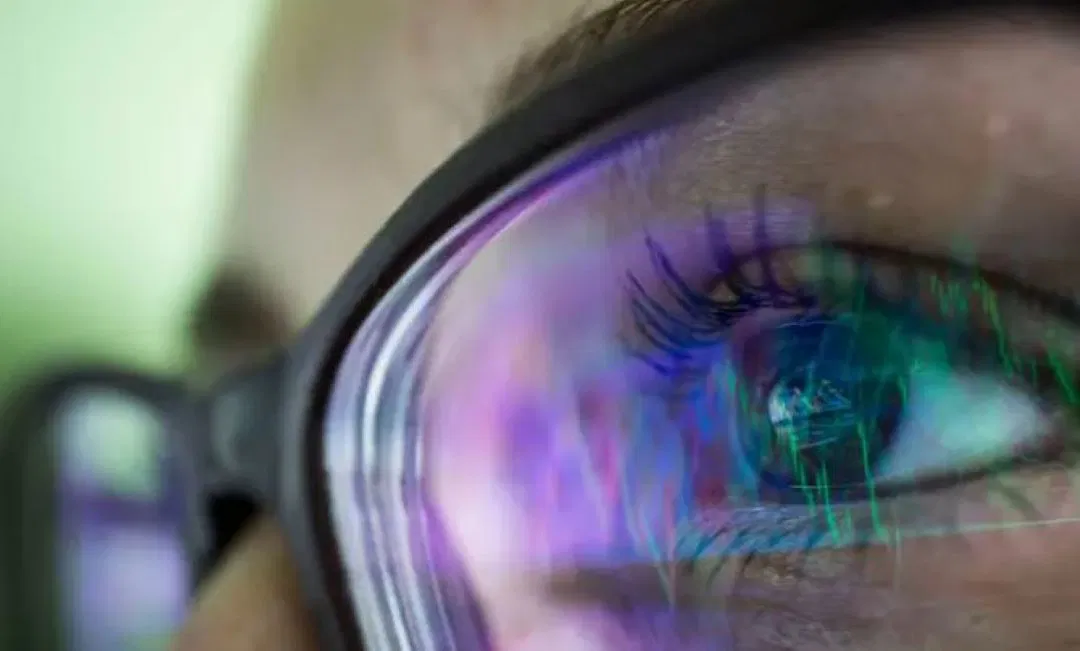
5. Blue Light Hazard
6. Buzzing or Humming Noises
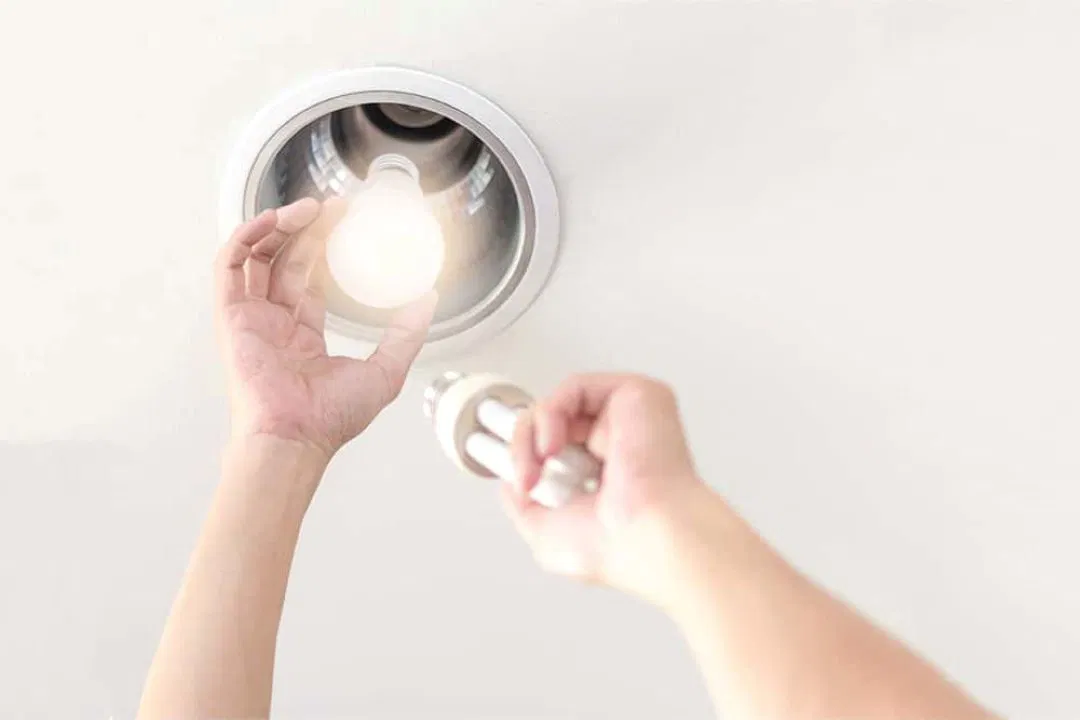
7. Improper Installation
8. UV and IR Emissions
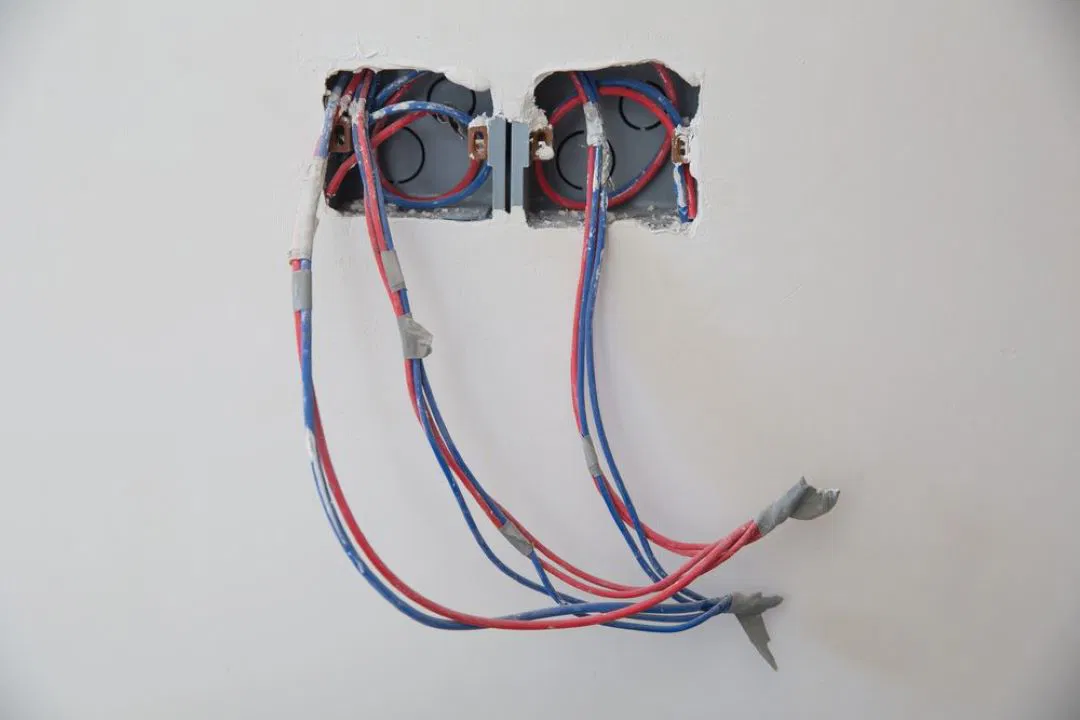
9. Poor Wiring
10. Complex LED Circuits
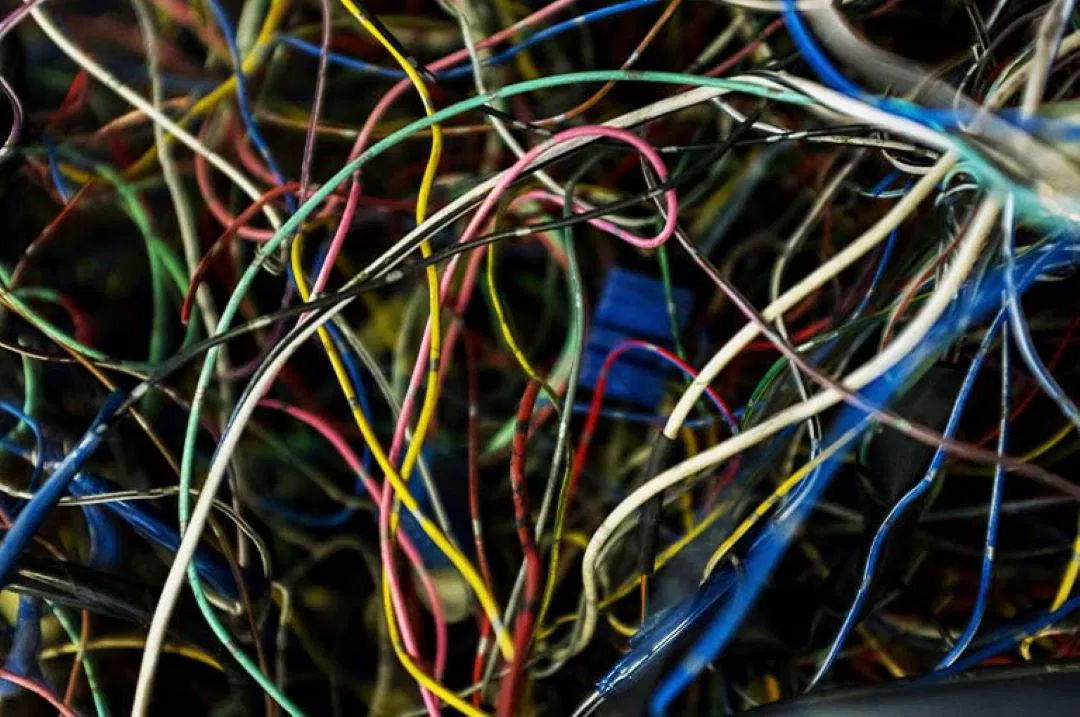
11. Loose Wire Connections
12. Wrong Beam Angle
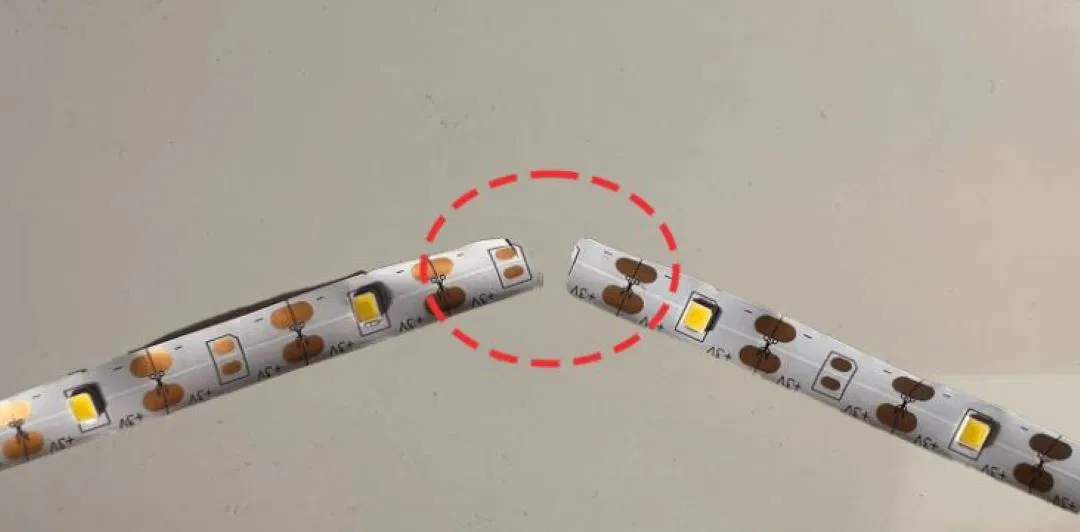
13. Early Failure of LED Lights
14. Dim LED Lights
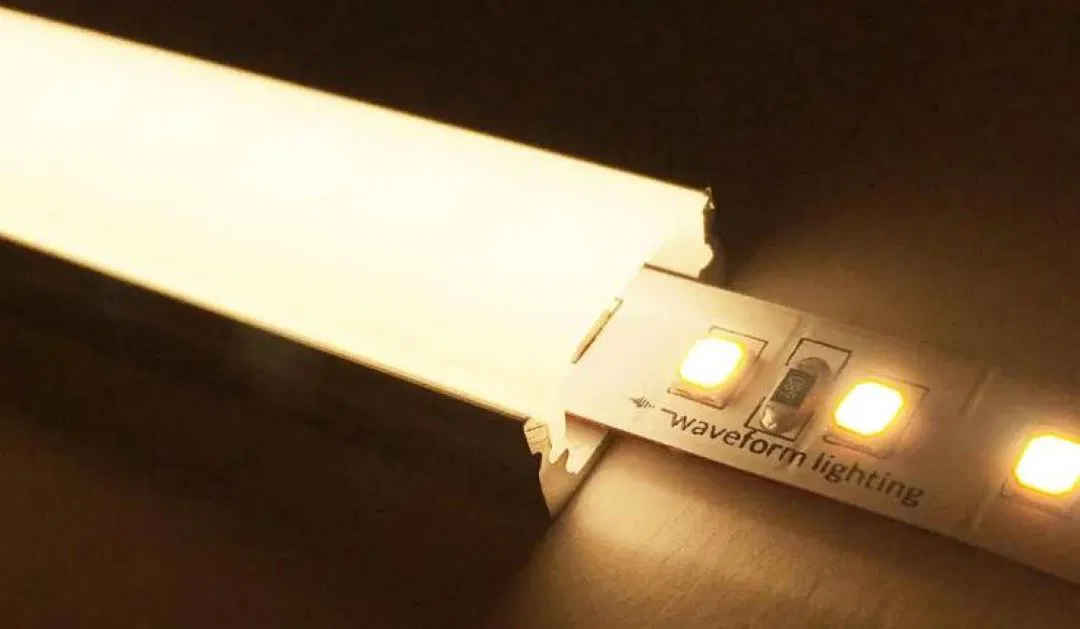
15. Using LED in Incandescent Fixtures
16. Low Color Rendering Index (CRI)
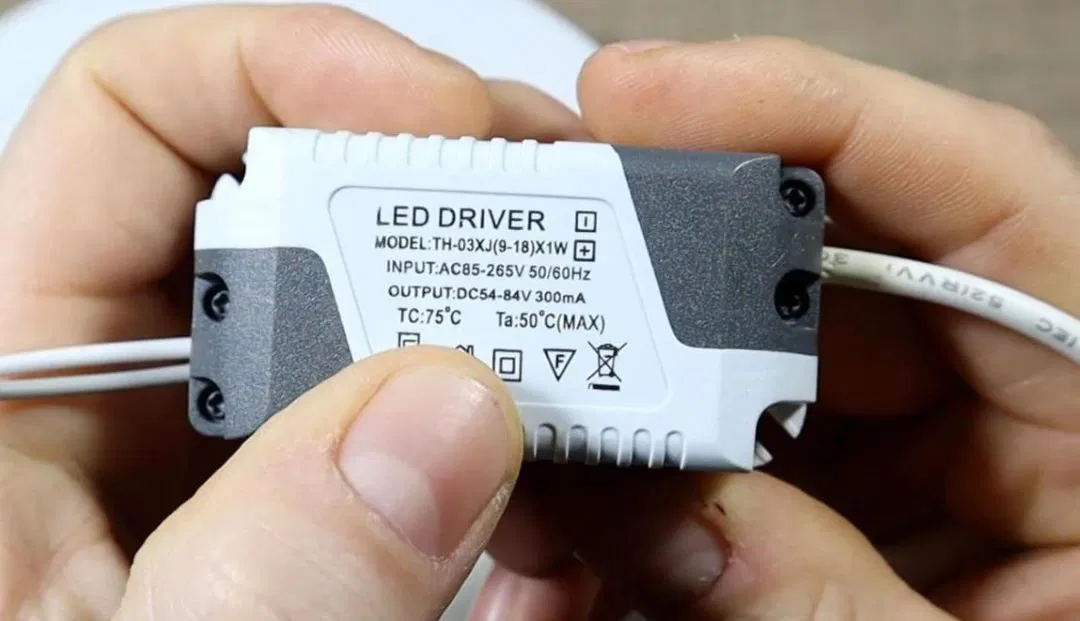
17. Incorrect Use of LED Driver
18. Faulty LED Driver
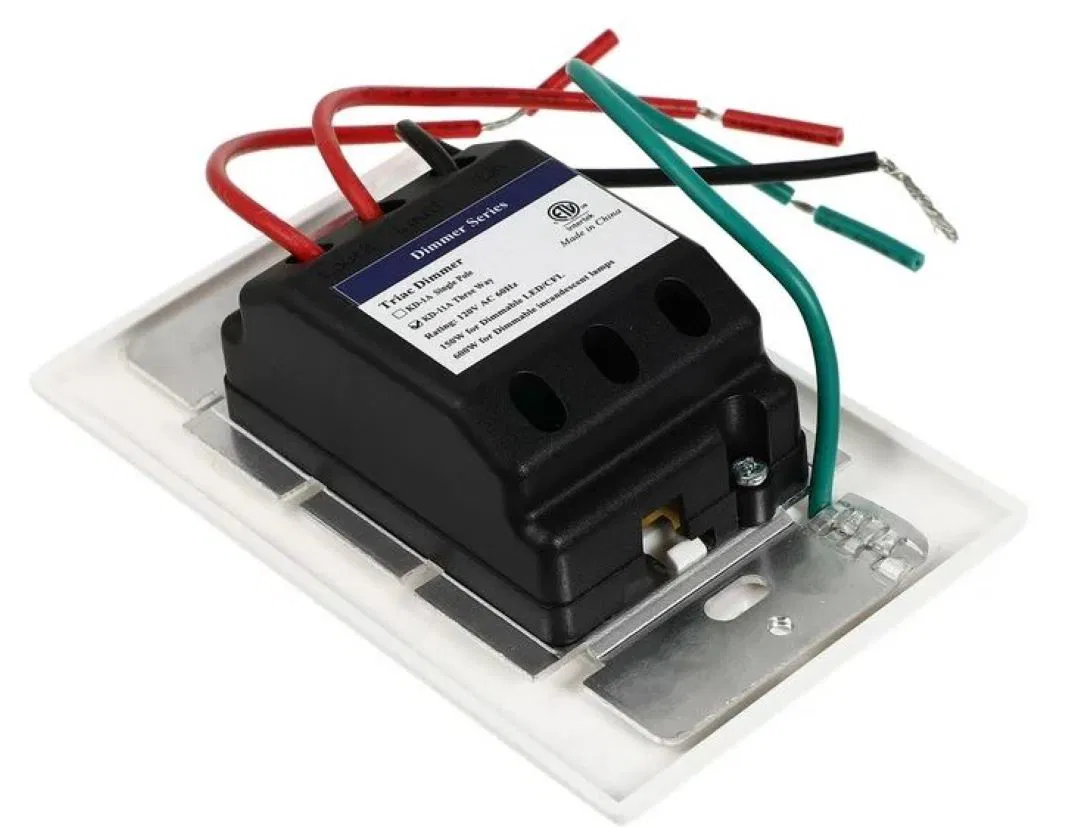
19. Incorrect Dimmer Settings
20. Loose LED Bulbs
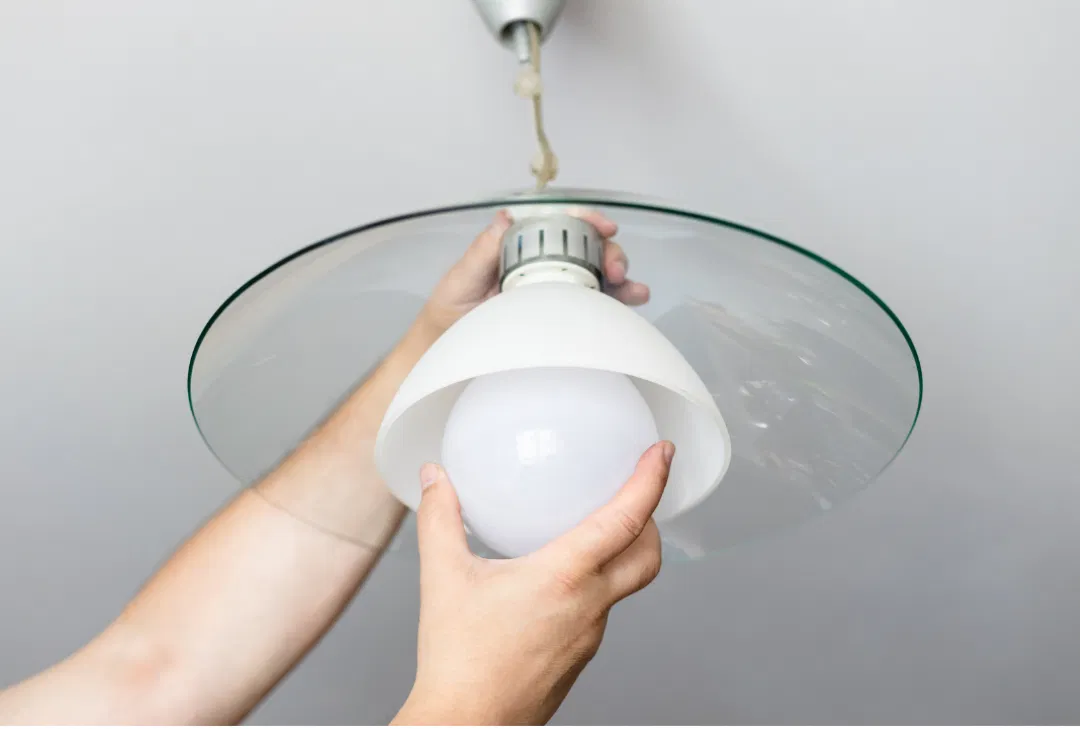
21. LED Dimming Not Working
22. LED Lights Attracting Bugs
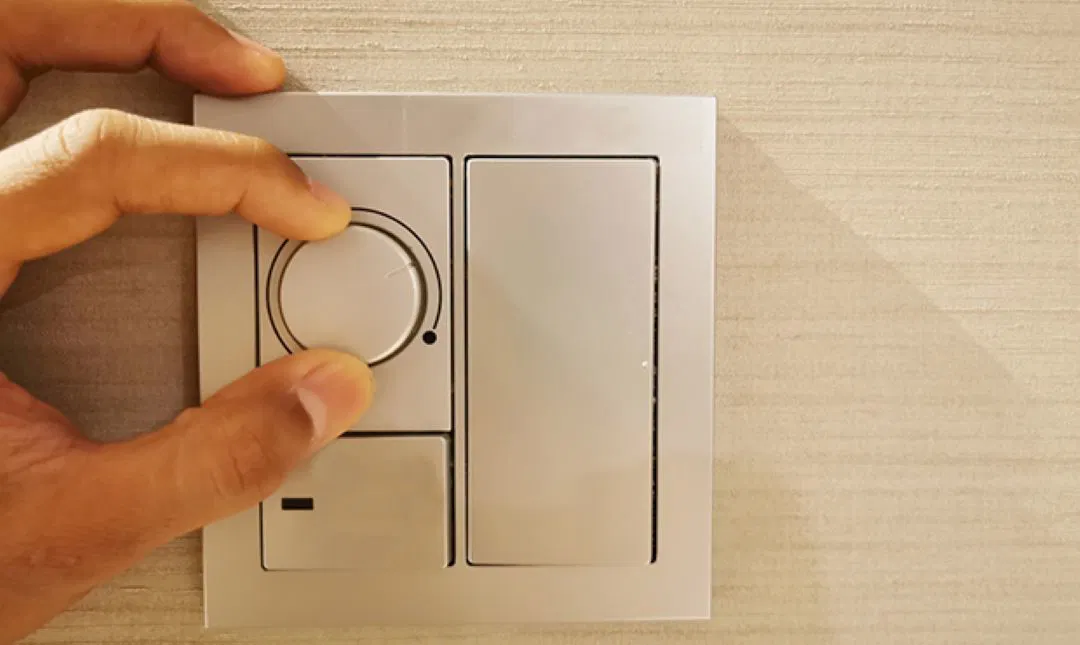
23. Color Inconsistency in LED Lights
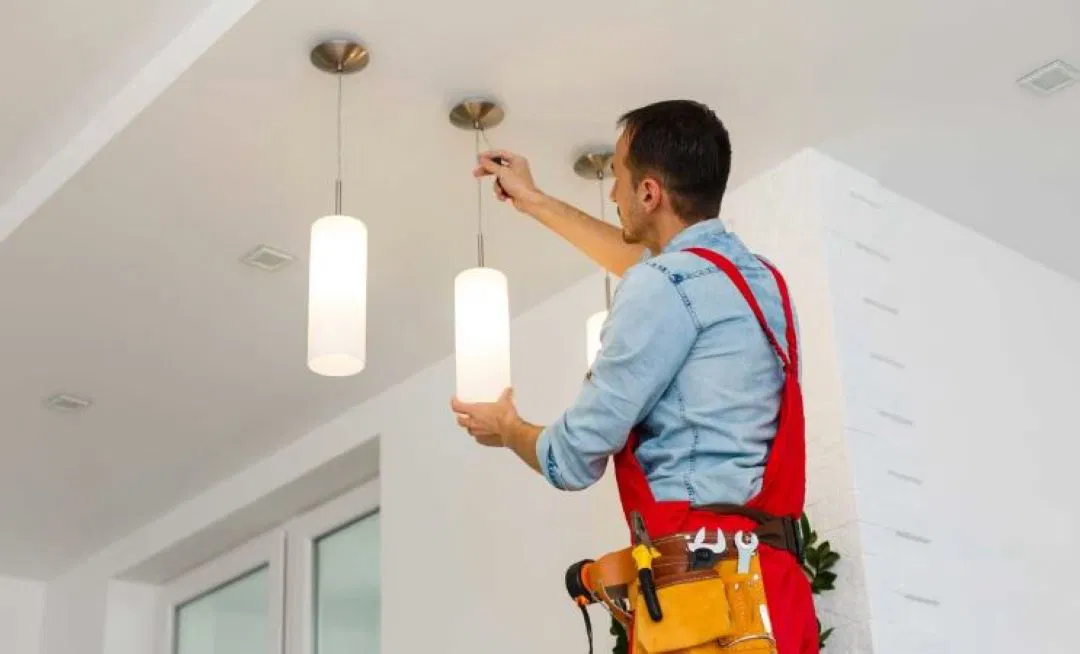
What Is the Problem with LED Lighting?
Why Do LED Lights Fail Often?
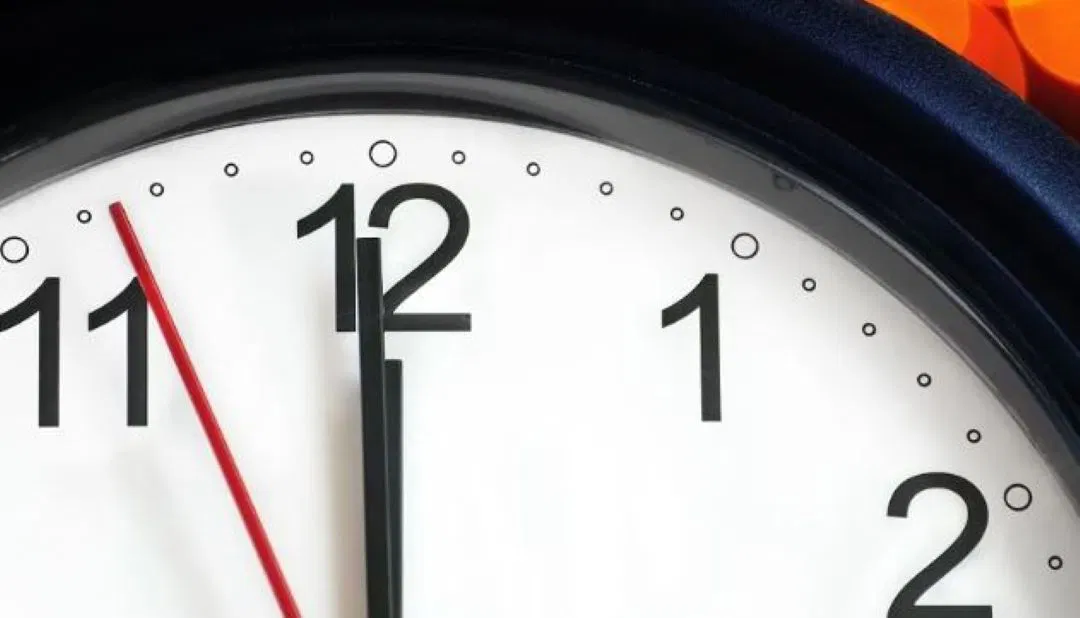
How Long Do LED Lights Last?
Can You Repair LED Lights?
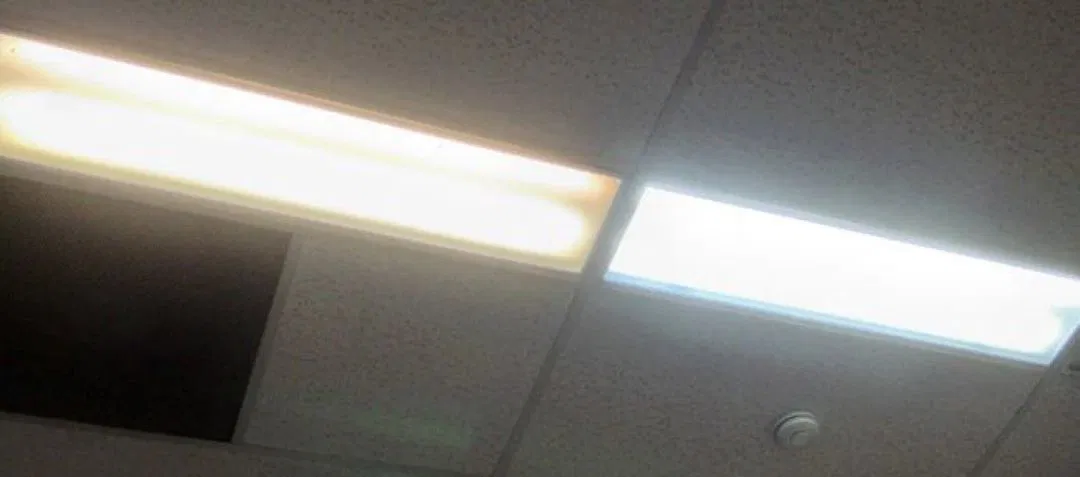
What Is the Common Problem with LED Lights?
What Are the Common LED Failures?
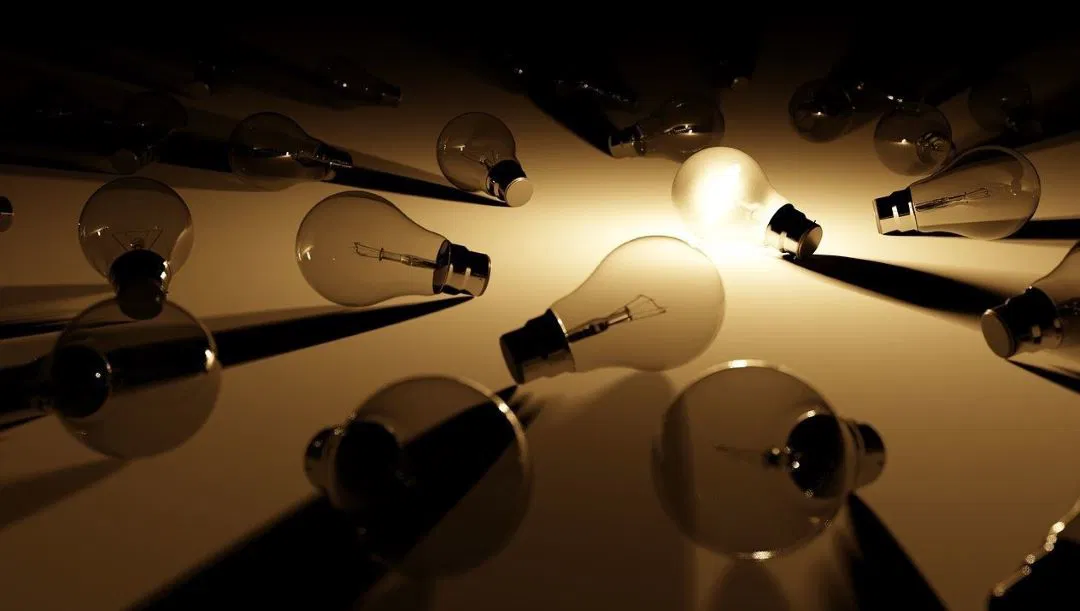
What Is the Future of LED Lighting?
What Is the Failure Rate of LEDs?